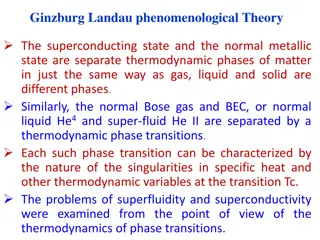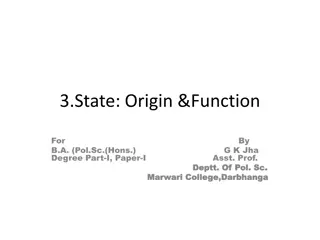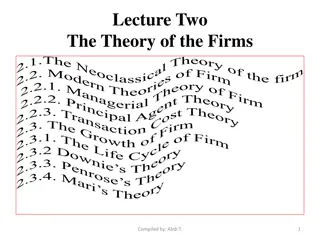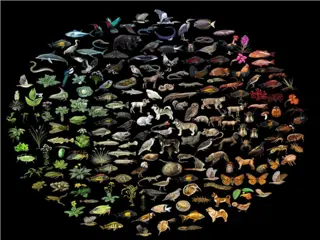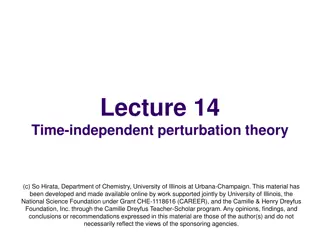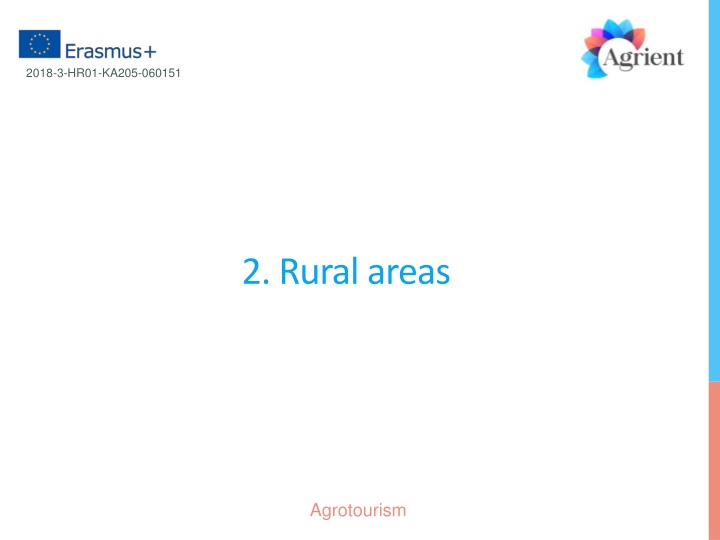
Exploring Rural Areas: Characteristics, Countryside, and Transformations
Discover the characteristics and charm of rural areas, where wildlife thrives, and communities evolve over time due to economic, environmental, and social factors. Explore the types of rural areas and the pressures they face, such as changes in employment and infrastructure.
Download Presentation

Please find below an Image/Link to download the presentation.
The content on the website is provided AS IS for your information and personal use only. It may not be sold, licensed, or shared on other websites without obtaining consent from the author. If you encounter any issues during the download, it is possible that the publisher has removed the file from their server.
You are allowed to download the files provided on this website for personal or commercial use, subject to the condition that they are used lawfully. All files are the property of their respective owners.
The content on the website is provided AS IS for your information and personal use only. It may not be sold, licensed, or shared on other websites without obtaining consent from the author.
E N D
Presentation Transcript
2018-3-HR01-KA205-060151 2. Ruralareas Agrotourism
CHARACTERISTICS Open swath of land that has few homes or other buildings, and not very many people. A rural area s population density is very low. Agriculture is the primary industry in most rural areas. Most people live or work on farms or ranches. Hamlets, villages, towns, and other small settlements are in or surrounded by rural areas. Throughout the world, more people live in rural areas than in urban areas. This has been changing rapidly, however. Urbanization is happening all over the world. In Asia, for example, the United Nations estimates that the urban population will increase by almost 2 billion by 2050.
COUNTRYSIDE Wildlife is more frequently found in rural areas than in cities because of the absence of people and buildings. Rural areas are often called the country because residents can see and interact with the countrys native wildlife.
TRANSFORMING THE RURAL AREAS Rural areas change over time. These changes are caused by: economic factors - tourism income, farming profitability, primary sector jobs environmental factors - land use, pollution, conservation social factors - population change and migration, leisure time, retirement population Property, Markets, Cooperatives, and Technological Change
TYPES OF RURAL AREAS CLASSIFICATION
PRESSURES IN RURAL AREAS Decline in primary employment Commuting areas Retirement homes Second homes Land use Infrastructure

